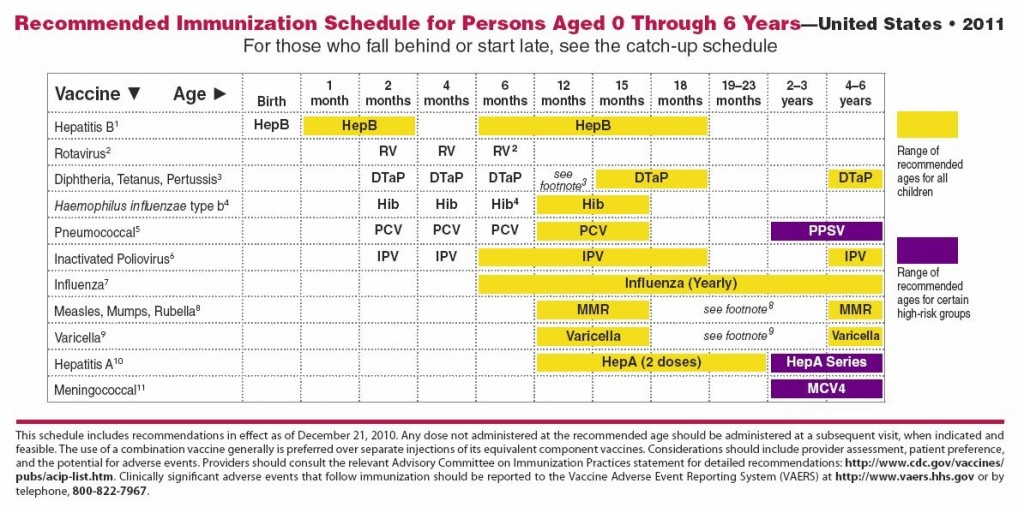No grains?? None? Uhhh…I think we have a problem.
This is Part 1 of a series describing our experiences with identifying and managing food restrictions for our baby daughter and how our journey eventually led us to the likely cause…FPIES (Food Protein-Induced Enterocolitis Syndrome).
From very early on, our daughter has been a good eater and a good sleeper. After being exclusively breastfed for her first six months (and all the way through to 12 mths), we started to introduce solid foods into her diet. Per the common recommendations, we started out with watered down rice cereal (using breast milk). Over the course of the first week or so, we gradually thickened it up to make it a little more manageable. She did okay initially, but after about ten days or so…while my wife was out of town for business (of course!)…our daughter got sick (vomitted) for pretty much the first time since her birth.
I had given her a little bit of rice cereal with her dinnertime feeding that night and put her down to bed around 6pm. Shortly before I was about to give her the last evening feeding at 9p, she proceeded to vomit all over herself and her crib. Awesome. After I got her and her crib all cleaned up, she perked up and took a full bottle, before passing out for the night. Not really sure what to make of it, the next morning at about 6:30a, I gave her another serving of rice cereal with her morning bottle and all seemed fine. Once again, shortly before her mid-morning bottle (~9a), she vomited all over herself and her crib. Now this started to worry me a bit, and after talking it over with my wife on the phone, I decided to take her to the pediatrician for a visit that afternoon.
At the pediatrician, I explained the situation and gave her as much info as I could remember regarding our daughter’s feeding schedule and the timing of the vomiting. Her response was probably one of the most common that parents will hear in this situation…that it was probably just a stomach bug. In her defense, this is probably the correct guess 98% of the time. She recommended that we avoid the rice cereal for a few days, and then reintroduce. Okay…no problem. That makes sense.
As it turns out, a few days later meant we were now on vacation in Santa Fe, New Mexico with my wife’s family. After making the eight hour roadtrip to Santa Fe and getting all settled in, we decided to try again. We offered rice cereal with a lunchtime bottle and our daughter gobbled it up. All seemed fine, so we packed up the family and headed to the historic downtown Santa Fe for lunch and a little shopping. Shortly after arriving, she began vomiting. After the third round of vomitting in less than 20 minutes, we headed back to our vacation home to get her cleaned up. She proceeded to vomit all the way home…and pretty much every 10-15 minutes…for almost three hours.
About two hours in, she was getting lethargic and was absolutely exhausted. We called our pediatrician’s answering service (of course, it was a Sunday), and explained the situation. We were told our main concern was dehydration. Since we were at a much higher altitude (7,000ft) than our home in Phoenix (1,000ft), this was even more of a concern. Ultimately, we decided to take her to a very good local hospital that had a pediatrics unit (thank you Santa Fe Christus St. Vincent!). Fortunately, while waiting nearly an hour for a doctor, she began to perk up and show signs of recovery. By the time the doctor showed up, she was starting to smile and get her color back. The doctor was a bit perplexed, but once again, we were told it was probably a stomach bug and to take a few more days off from the cereal. Since her primary nourishment was still coming from breast milk, and since we were really just getting started with “solid” food, going a few days without cereal didn’t really concern us. Again, we felt that made sense…but we were now definitely sensing that there was something more to all of this.
So, where do we go from here?
To be continued…
Be sure to also check out Part 2 of this series, and if you have any questions about how we are dealing with food restrictions, please let us know. Also, please join in the conversation on our website, on Twitter, and on Facebook to share your own stories of dealing with childhood dietary issues.




.png)









